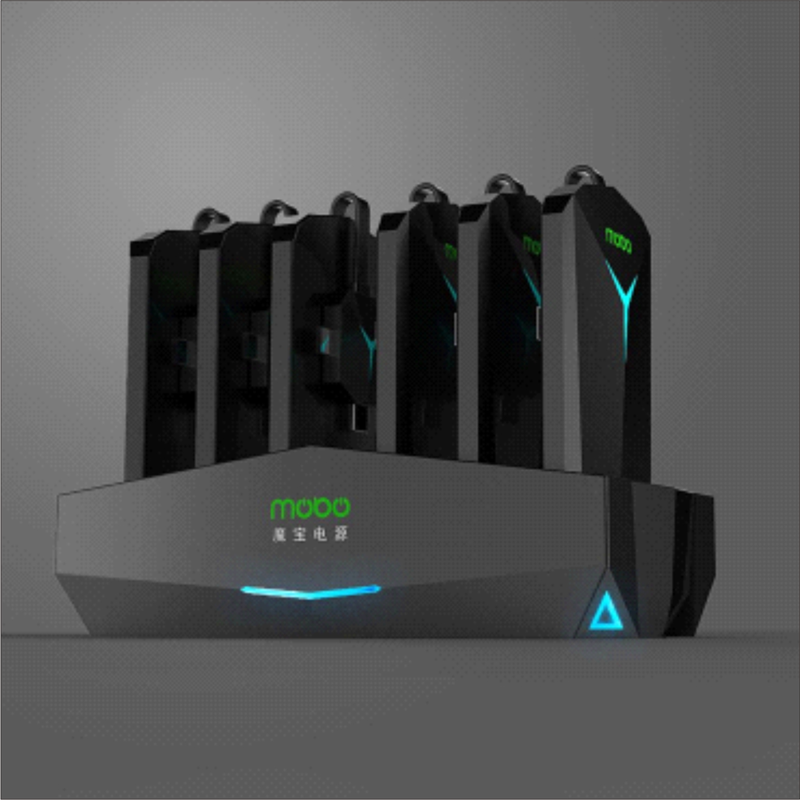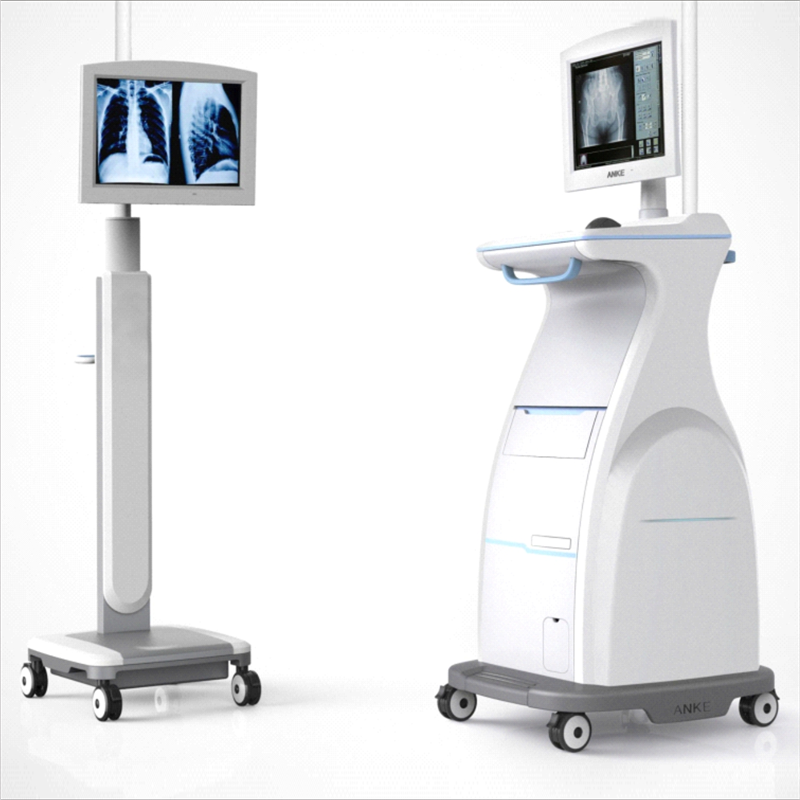Lanjing Design | One Stop Customized Product Delivery Organization
Lanjing, as an expert in one-stop product delivery services, covers services ranging from industrial design to product functional development, from prototype development to mass production. So far, we have assisted over 4000 companies in successfully launching their products in the past thirty years, helping them gain significant benefits globally.
AESTHETICS AND ERGONOMICS
Product industrial design (ID) is a key factor of a product commercial success. Every product design should start by researching who the end users are, how they will use the product, what key benefits are they looking for, and what styling will attract them? Our goal is to make end users praise their friends endlessly. Usually, we achieve this not so much through norms, but rather through aesthetics and ergonomics. Our industrial designer's mission is to design a visually vivid and enjoyable product, which are two key factors in selling more products. Our industrial designers work alongside our mechanical and electronic engineers to ensure that product designs not only meet their aesthetic and economic goals, but are also easy to manufacture in China. Our team also has rich experience as overseas industrial designers, so we welcome cooperation with product design companies.
END-USER DESIGN
At the onset of every design project, our designers do extensive research into the basics:
-Who are your end-users?
- How wil your product be used?
- What does the design need to communicate?
ID
The main aspects ot marketabity are design and ergonomics. Design is about esthetics. If your product does not look appealing, it wil not sell. The value of a good industrial design is crystal clear: an attractive design not only helps to sell more products, but it also allows you to charge higher prices, which means that the actual profit per unit can be a multiple of the profit on a so-so looking product. Ergonomics, on the other hand, focuses on human interaction with a product: How does it feel in your hand? Do the shape and contours conform to the part of the body that comes into contact with the device? Our designers have the skills and the experience to design products in which the design and ergonomics work together to deliver an attractive easy-to-use product.
DESIGN FOR MANUFACTURING
While design and ergonomics are instrumental in making a product marketable, they alone do not guarantee success. Careful consideration of production in the initial stage is crucial because a sizeable percentage of the product's lifecycle cost is commited at this time (cost of materials, production of parts, and assembly). Lanjing’s designers integrate design and industrialization into a single process, with the goal of designing a product that is easily and economically manufactured. This is achieved by early collaboraton with mechanical and electronic engineers and production specialists to produce a design that fulfills price and manufacturing parameters.
THE BASIC GUIDELINES OF OUR INDUSTRIAL DESIGNERS ARE:
1, perfect visual symbols
We believe that the visual symbol is the first and foremost key factor for the commercial success of a product, which is both the concentration and inheritance of the brand image, making products unforgettable and easy to spread.
2, good using experience
In addition to designing products through aesthetics and ergonomics, we will also utilize powerful hardware design to enhance product market competitiveness, without neglecting research and development investment in product functionality.
3, satisfactory cost control
Finally, we have a horizontal and vertical cost design for nearly thirty links of product cost control, from production and manufacturing to assembly and testing, packaging and transportation, aiming to optimize product price competitiveness.
From concept to product design workflow
Step.1 Understand the key elements contained in the product orientation to know what ideas the design conveys;
Step.2 Understand the structural hardware configuration and overall dimensions.
Step.1 concept design conception;
Step.2 Brainstorming;
Step.3 Freehand sketching design.
Step.1 Analysis of the 2d exterior concept sketch;
Step.2 Quick presentation of the 2d effect;
Step.3 Internal review of the 2d plan;
Step.4 Design detail modification ( discuss with structural engineers about the design details of the structural implementability );
Step.1 3d modeling design;
Step.2 Internal review of the 3d plan;
Step.3 Model detail modification ( optimize the overall shape and specific parts );
Step.1 Product Silk screen color design;
Step.2 Internal review of the product silk screen color design plan;
Step.3 Exterioe process documenting;
Step.1 3d proposal;
Step.2 3d plan refining.
Product Design Case




